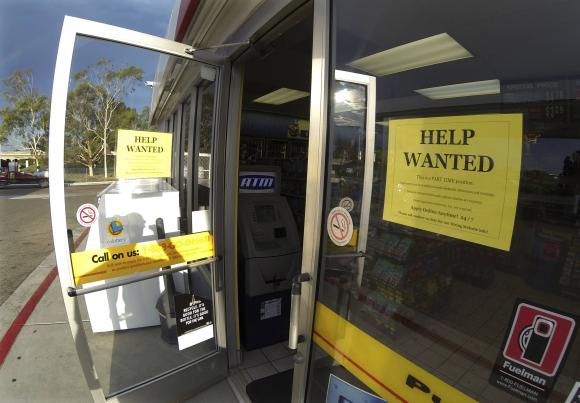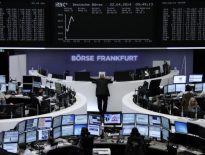(Reuters) – The U.S. jobless rate in recent years has been a good gauge of slack in the economy, according to a paper published Monday by the Federal Reserve Bank of San Francisco that takes aim at critics who have argued otherwise.

REUTERS/Mike Blake (UNITED STATES – Tags: BUSINESS EMPLOYMENT POLITICS)
Indeed, the unemployment rate has responded to GDP growth since the financial crisis in essentially the same way that it has in every recession since the 1970s, the paper’s authors found, rising when economic output slows, and falling when it speeds up.
The unemployment rate remains a good summary measure of overall economic slack, wrote Mary Daly, No. 2 in the San Francisco Fed’s research department, and John Fernald, a senior research advisor at the San Francisco Fed, in the latest issue of the bank’s Economic Letter.
Figuring out the exact extent of slack in the economy is one of the most pressing questions for monetary policymakers, Fed Chair Janet Yellen has said.
If policymakers underestimate it, they might miss the chance to give the economy the extra juice it needs. If they overestimate it, they could end up over-stimulating the economy and sparking inflation.
And, as policymakers including Yellen have noted throughout the recession, the unemployment rate has given confusing signals.
Indeed, its behavior after the Great Recession appeared to fly in the face of well-established economic theory, known as Okun’s Law after Arthur Okun, who in 1962 showed that a two-percentage-point drop in GDP growth generally leads to a one-percentage point increase in the unemployment rate.
That relationship appeared to get out of whack after the financial crisis, with the jobless rate initially rising much faster than the law would have predicted, and more recently falling much more rapidly than the rule would anticipate.
That roller coaster experience convinced more than a few economists that something had shifted fundamentally in the economy. It’s one reason that the Fed has shifted away from using the unemployment rate as its main read on economic health, turning instead to a broader basket of labor market indicators to gauge slack.
But in the paper published Monday, Daly and Fernald showed that much of the apparent disconnect between the jobless rate and GDP growth can be traced to incomplete real-time economic data and temporary deviations from Okun’s Law that occur during many recessions.
Revised GDP data suggest the long-standing relationship between the jobless rate and output remains intact, they wrote.
Our findings suggest that Okun’s law is working about the same as it always has, they wrote.
(Reporting by Ann Saphir; Editing by Chizu Nomiyama)





